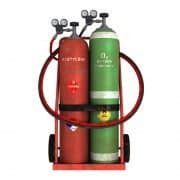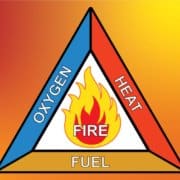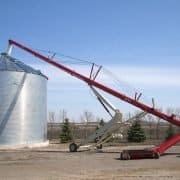Oxygen is vital to life
- Your body requires a constant supply of oxygen as a source of fuel. When the air you breathe reaches the lungs, oxygen from the air is transferred to the blood. It is a life-threatening situation when oxygen does not enter the body.
- When you find an emergency situation, call 911, and then care for the life-threatening conditions.
How do you know if someone is choking?
- Grabbing the throat with one or both hands is a sign that someone is choking.
- If this person cannot talk, cough or breathe, you will need to help remove the object from his/her throat by giving quick, hard abdominal thrusts.
How to give abdominal thrusts
- Abdominal thrusts or pushing above the naval forces objects out of a person’s airway.
- To give abdominal thrusts, stand behind the person and wrap your arms around her/his or her waist.
- Make a fist with one hand and grab your fist with the other hand.
- Position your hands between the navel and the rib cage with the thumb facing inward just above the navel.
- Then give inward and upward thrusts.
- Repeat these thrusts until the object in his or her throat is forced out or he or she becomes unconscious.
When should rescue breathing be used?
- You should check to see if the person is breathing.
- To do this, put your head near the person’s mouth and nose. Look, listen and feel for breathing for about five seconds.
- At the same time, watch to see if the chest rises and falls.
- If the person is not on his/her back, carefully roll her/him while supporting the head and neck.
- You will have to give rescue breathing if the person is not breathing. This may keep the person alive until medical help arrives.




 Thompsons Limited
Thompsons Limited 



